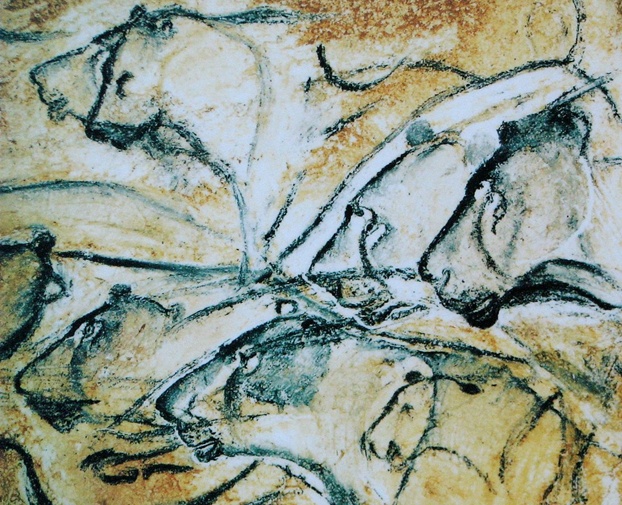
© HTO/Wikimedia CommonsLions painted in the Chauvet Cave.
Stone Age artists used cartoon-like techniques to give the impression that wild beasts were trotting or running across cave walls, a new study has suggested.
Reporting in the June issue of
Antiquity, archaeologist Marc Azéma of the University of Toulouse - Le Mirail in France and independent French artist Florent Rivère, argued that by about 30,000 years ago Paleolithic artists used "animation effects" in their paintings. To render the movement, they deconstructed it in successive images.
According to the researchers, this would explain multiple heads or limbs on some cave paintings.
"Prehistoric man foreshadowed one of the fundamental characteristics of visual perception, retinal persistence," Azéma and Rivère wrote.
Azéma, who spent 20 years researching Stone Age animation techniques, isolated 53 figures in 12 French caves which superimpose two or more images to represent trot or gallop, head tossing and tail shaking.
"Lascaux is the cave with the greatest number of cases of split-action movement by superimposition of successive images. Some 20 animals, principally horses, have the head, legs or tail multiplied," Azéma said.
When the paintings are viewed by flickering torchlight, the animated effect "achieves its full impact," said Azéma.
"That such animation was intentional is endorsed by the likely use of incised disks as thaumatropes," he added.

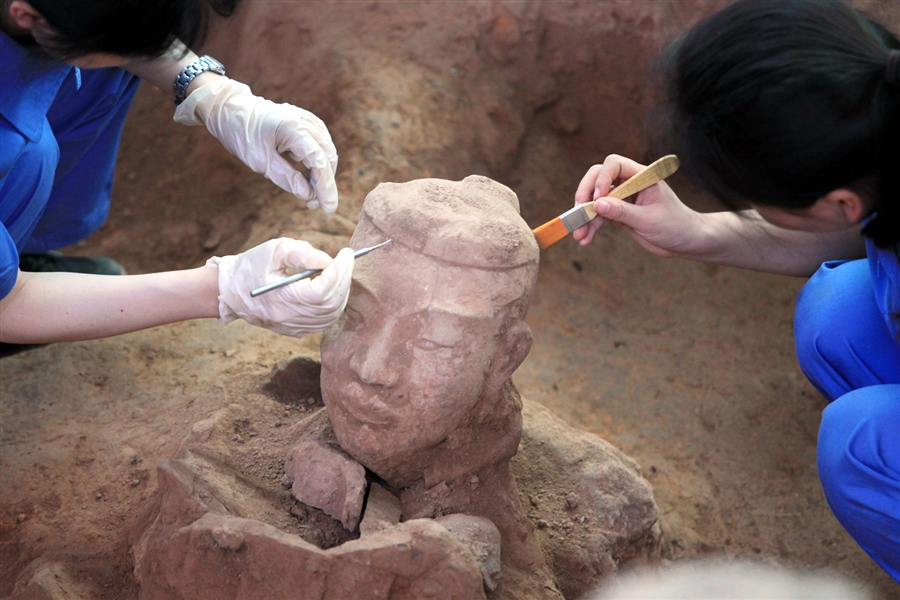
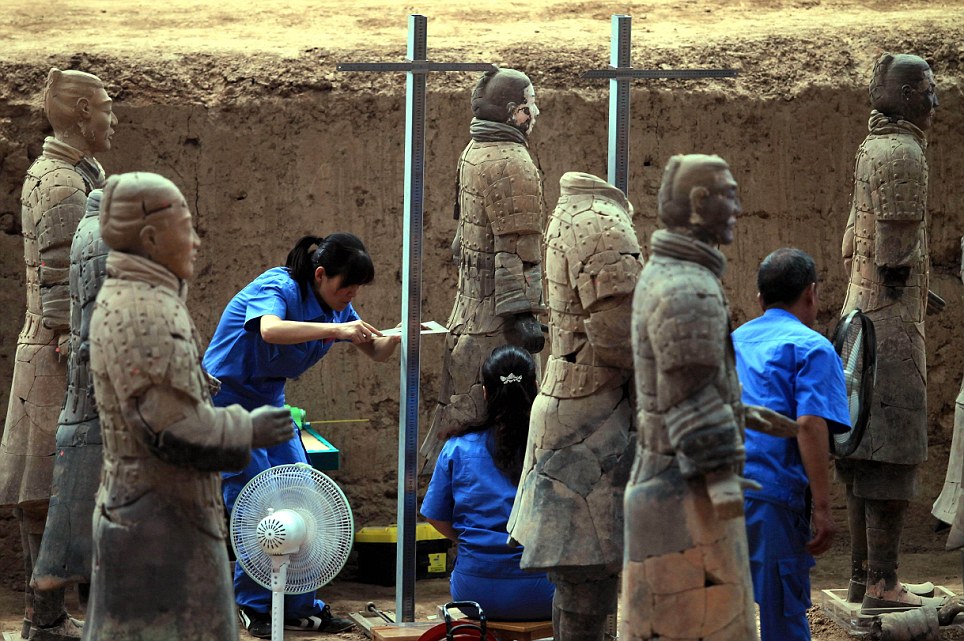
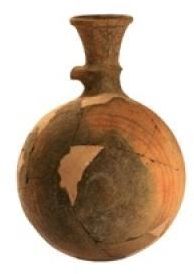
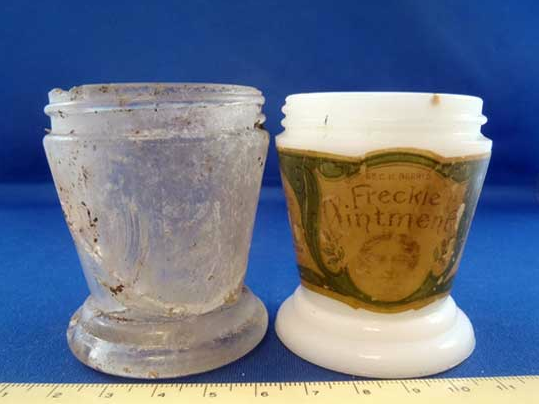
Comment: Interestingly, Cassiopaean Experiment has references to the origin of this mining.
Session 20 August 2001
Q: What group mined the copper in northern Wisconsin, Minnesota, and Michigan, like in Isle Royale?
A: Aryans.
Q: What did they want the copper for?
A: Weapons.
Q: Wouldn't iron make better weapons?
A: Not in 4th density.